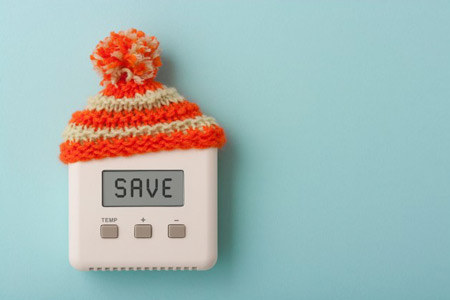With energy costs and other utility expenses on the rise, businesses need to come up with ways to cut costs. One way of doing this is by reducing energy consumption in the office. Energy saving is not only good for your business, but also great for the environment. Below are five tips that will save you money and reduce your carbon footprint.

5 energy saving tips for your office
- Switch to energy-efficient electronic devices and appliances. One way to reduce energy consumption is to switch from older equipment around the offices to newer, more energy-efficient equipment. Although, the initial investment may be high, the savings will come in the long-run as energy-efficient electronic devices and appliances use from 50% to 90% less energy over older models. One way to know which energy-efficient devices and appliances to buy is to look for the Energy Star logo. Energy Star provides certification and is used as an international standard for energy-efficient goods.
- Turn off electronic devices when not in use. Shut down computers, laptops, printers, and other electronics when they are not being used. Shutting down your electronic devices does not reduce their lifespan, as many think. Computers provide twice as much energy to screens when the screensaver option is turned on, so make sure that you’re setting them to “sleep” or “hibernate” mode when not in use. Insure to assign an employee to turn off all the lights (meeting rooms, restrooms, break room, storage rooms, and offices) in the building at the end of the day.
- Unplug adapters when devices not charging. Once laptops, cell phones, and tablets are finished charging, unplug the adapters from the wall outlet. Many think that because the devices are not connected to the chargers, no energy is being consumed, but that is not true. Adapters use energy anytime they are plugged in. Also, do not leave devices connected after they are finished charging, it will harm their battery and reduce battery life in the long term.
- Set thermostat based on season. Ask your employees to wear warmer clothing (sweaters, jackets, long-sleeved shirts, etc.) at work and set the temperature slightly lower than usual in the winter. Do the opposite in summer and raise the temperature slightly higher than usual and ask your employees to dress lighter but appropriately. Also, modify the temperature on the thermostat when nobody is in the office so that the HVAC (heating, ventilation, and air conditioning) system is not constantly running.
- Install weather strips on doors and windows. Limit your HVAC system’s usage by adding weather strips to doors and around windows. By doing this you will prevent warm or cold air from entering your office, and keep the air from your HVAC system from escaping your office. Also, insure that your doors shut firmly to prevent drafts from entering the office.
We have more practical tips for your office!
